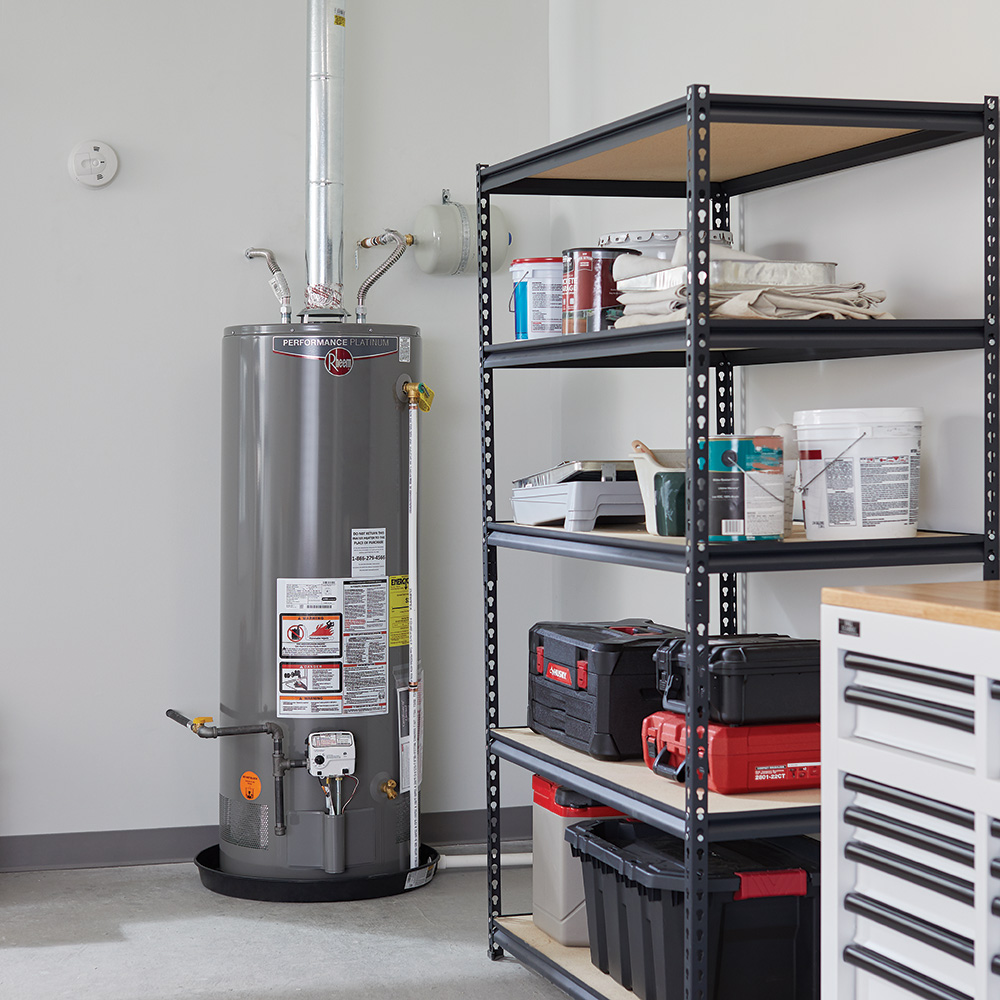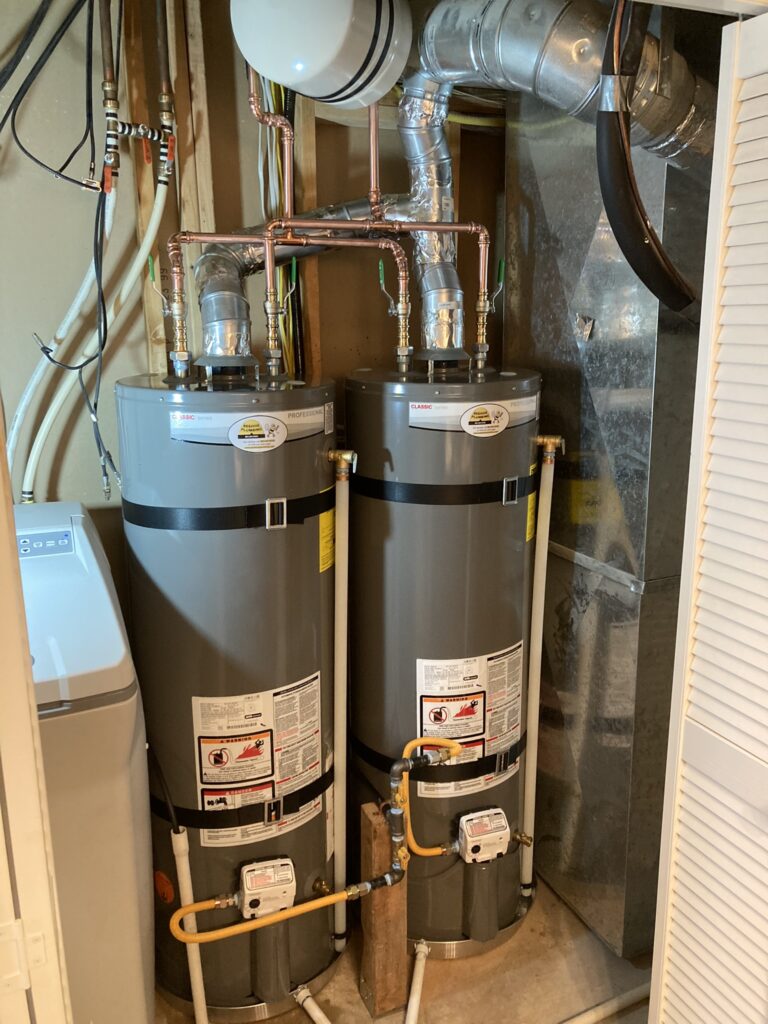Total Guide to Water Heating UnitInstallment and Replacement
Recognizing the ins and outs of water heating system installment and substitute is crucial for home owners looking for to make sure performance and integrity in their warm water supply. From choosing the proper type and dimension to implementing a smooth setup procedure, several factors should be taken into consideration to prevent typical mistakes.
Sorts Of Water Heaters
When taking into consideration hot water heater setup and replacement, it is essential to comprehend the various kinds of hot water heater readily available in the market. One of the most typical kinds include container hot water heater, tankless water heaters, warmth pump hot water heater, and solar hot water heater.
Tank water heating units are traditional systems that keep a specific volume of warm water, making them easily offered when needed. They are usually more economical ahead of time yet might incur greater power expenses in time due to warmth loss. On the other hand, tankless water heating units supply hot water on demand, removing the demand for storage space. They are power effective and can save room, however their initial expenses are typically greater.
Heatpump hot water heater utilize electrical energy to transfer warm from the air or ground to warmth water, offering considerable power savings however calling for more area and specific setup problems. Solar water heaters harness solar energy to heat water, offering an environment-friendly choice with possible lasting price financial savings, although they often require a backup system for cloudy days.
Recognizing these options ensures informed choices regarding installation and replacement, accommodating specific demands and choices.
Picking the Right Dimension
Picking the ideal size for a hot water heater is essential to ensure optimum performance and efficiency. A device that is too little will battle to satisfy household demands, leading to inconsistent warm water accessibility and increased power usage. Conversely, a large hot water heater can cause unnecessary power waste and higher energy expenses.
To figure out the right dimension, consider the family's peak warm water usage. This can be determined based upon the variety of occupants and their normal warm water demands. As an example, a family members of four might require a water heating system with a capability of 50 to 80 gallons, relying on the usage patterns, such as synchronised showers and washing.
In addition, analyze the recuperation price, which measures how quickly a heating system can renew warm water after it has been used. For tankless designs, emphasis on the flow price, gauged in gallons per minute (GPM), to guarantee it meets the home's synchronised demand.

Installation Process Summary

Following, the old system must be detached and removed, taking treatment to comply with neighborhood codes and guidelines concerning disposal. As soon as the old unit is out, the brand-new water heating unit can be placed in position. This action includes attaching the water system lines, guaranteeing that all installations continue reading this are leak-free and secure.
After developing water connections, it's necessary to link the power supply, whether electrical or gas, complying with the manufacturer's directions diligently. When all links are made, the system ought to be loaded with water, and the power can be turned back on. It's vital to inspect for leakages and ensure the water heating unit is operating properly before finishing the installment procedure.
Common Setup Errors

One more constant mistake is disregarding to comply with neighborhood codes and policies. Failing to stick to these standards can not just lead to safety and security dangers yet may additionally lead to costly penalties or the need for pricey reinstallation. Furthermore, improper airing vent is a critical problem. Inadequate air flow can trigger unsafe gas accumulation, posing severe health threats.
Falling short to protect connections or making use of the incorrect type of fittings can lead to leakages and water damage. By staying clear of these typical setup mistakes, home owners can ensure their water heater runs safely and successfully, making best use of performance and longevity.
Upkeep Tips for Longevity
Correct upkeep of a hot water heater is essential for its long life and ideal efficiency. Routine evaluations and maintenance can stop costly fixings and prolong the device's life expectancy. Begin by examining the temperature setting; it needs to usually be established between 120 ° F and 140 ° F for optimal power effectiveness and security.
Every 6 months, flush the container to remove debris buildup, which can impair home heating efficiency and trigger go corrosion. To do this, shut off the heater, link a hose to the drainpipe shutoff, and allow the water run up until it is view website clear.
Anode rods should be evaluated annually and replaced when they are corroded. These rods assist stop container corrosion by bring in harsh elements in the water.
Additionally, inspect the stress safety valve on a regular basis to guarantee it is functioning correctly. This valve is crucial for protecting against excessive pressure buildup within the tank.
Finally, take into consideration setting up a specialist upkeep check every couple of years for comprehensive assessments and maintenance. By sticking to these upkeep pointers, homeowners can significantly enhance the effectiveness, security, and life expectancy of their water heating systems, making sure trusted warm water for several years ahead.
Verdict
In verdict, appropriate installment and maintenance of water heaters are critical for making certain performance and durability. By understanding these crucial elements, home owners can accomplish a dependable warm water supply while lessening potential concerns connected to water heating unit procedure.
Recognizing the ins and outs of water heater installation and substitute is crucial for homeowners looking for to make sure effectiveness and integrity in their hot water supply.Storage tank water heating systems are conventional systems that save a specific volume of warm water, making them conveniently available when needed. In contrast, tankless water heating systems give hot water on need, removing the need for storage. Choosing a water heating system that is either also small or too big can lead to ineffectiveness, resulting in poor warm water supply or excessive energy usage.
By comprehending these crucial aspects, property owners can attain a dependable warm water supply while minimizing potential issues associated to water heating unit procedure. gas leak repair.